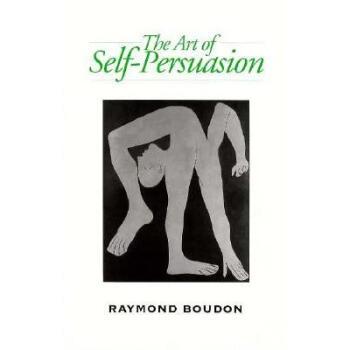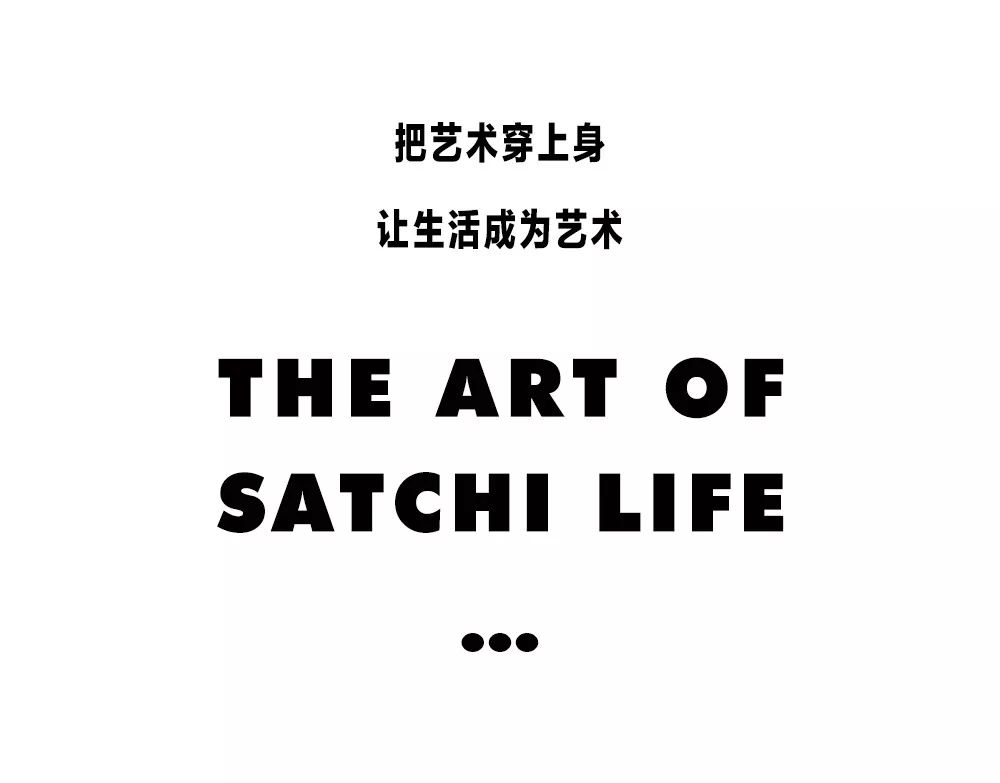Title: Mastering the Art of Wearing a Suit: A Comprehensive Guide to Proper Suit Dressing
Wearing a suit is an essential skill that can greatly enhance one's appearance and confidence. However, it takes more than just picking out a good suit to look sharp. To truly master the art of wearing a suit, one must understand the nuances of suit dressing. This comprehensive guide covers everything from selecting the right fit and fabric to pairing different pieces with different styles. First, learn how to measure yourself for the perfect suit fit, taking into account your body type and personal style. Next, explore various fabrics and cuts to find the ones that best suit you. Then, discover how to layer your suit pieces for different occasions and styles. Finally, learn about accessories like tie knots, pocket squares, and shoes to elevate your suit game. With these tips in mind, you'll be able to wear any suit with confidence and make a lasting impression wherever you go. Whether you're dressing up for a job interview or a formal event, this guide will help you look your best at all times.
Introduction
Wearing a suit can make you look polished, professional, and confident. Whether you're attending a business meeting, a wedding, or a formal event, dressing well can help you make a great first impression. However, knowing how to wear a suit properly is not just about choosing the right outfit; it's also about understanding the nuances of suit etiquette, body language, and accessories. In this comprehensive guide, we will explore the ins and outs of wearing a suit and provide you with tips on how to dress appropriately for various occasions. So put on your best suit and let's get started!
Section 1: Choosing the Right Suit

The key to looking sharp in a suit is finding the right one. Here are some tips to help you select the perfect suit:
1、Fit: The most important factor in choosing a suit is getting the right fit. Your suit should fit snugly but not too tightly, with enough room in the shoulders, chest, and waist. It should also hug your curves at the hips, while allowing for ease of movement. Be sure to try on different sizes and styles until you find one that fits you well.
2、Style: There are three basic styles of suits: classic, modern, and casual. Classic suits typically have a single-breasted jacket with matching trousers and a waistcoat. Modern suits often feature a double-breasted jacket with tapered legs and a slim-fit cut. Casual suits are less structured and may have a wider lapel, notch, or even no lapel at all. Choose a style that aligns with your personal style and the occasion you'll be attending.
3、Color: When it comes to suits, neutral colors like navy blue, charcoal gray, and midnight black are timeless choices that never go out of style. These colors tend to be more versatile and easier to match with other pieces of clothing. If you prefer more bold or vibrant colors, consider incorporating them into your tie or pocket square instead of your entire outfit.
4、Fabric: Suit fabrics come in various weights (from lightweight wool to heavy wool blends) and textures (such as silk vs. cotton). Lightweight fabrics like linen or seersucker add a touch of casual elegance, while thicker fabrics like wool or wool blends offer durability and warmth. Consider your climate and personal preference when choosing a fabric for your suit.
5、Accessories: To complete your suit look, pair it with appropriate accessories such as dress shoes, belts, suspenders, and a tie. Avoid mixing patterns or prints in your outfit, as this can be distracting and unprofessional. Stick to solid colors or subtle patterns that complement your suit.
Section 2: Dress Code Considerations
Before putting together an outfit, it's essential to understand the dress code expectations for each occasion. Here are some common dress codes and how to dress accordingly:

1、Business casual: This dress code allows for comfortable yet presentable attire suitable for everyday office work. A simple white shirt paired with dress pants or khakis, a collared tie, and leather dress shoes or loafers are generally acceptable options. Avoid flashy jewelry or accessories, excessive prints, or revealing outfits.
2、Business formal: This dress code is typically reserved for formal events like weddings or job interviews where a more sophisticated appearance is expected. A two-piece suit made of wool or silk fabric with matching tie and pocket square is appropriate for this occasion. Additionally, avoid wearing jeans or shorts under your suit, as they are not considered appropriate attire for business formal events.
3、Black-tie: This is the most formal dress code, often associated with awards ceremonies, gala events, or top-level corporate functions. A full-length tuxedo or dinner jacket made of black wool or satin fabric with matching bow tie, cravatte (a small bow on the lapel), and patent leather shoes is customary for this occasion. Complete the look with an evening gown or cocktail dress if female, or a tuxedo rental if male.
4、Cocktail party: A semi-formal or cocktail dress code allows for relaxed but stylish attire suitable for evening events where alcohol is served. A midi-skirt or knee-length dress paired with heels, statement jewelry, and minimal accessories like clutches and scarves is an appropriate choice for this occasion. Avoid tight-fitting or revealing outfits that could be considered inappropriate for this setting.
Section 3: How to Wear Your Suit (Body Language Tips)
In addition to choosing the right outfit and understanding the dress code expectations, paying attention to your body language can further enhance the impact of your suit look. Here are some tips on how to carry yourself with confidence while wearing a suit:
1、Stand tall: Standing up straight with your shoulders back exudes confidence and professionalism. Keep your head held high and avoid slouching or hunching over. This will also help accentuate your suit's fit and style.
2、Walk confidently: As you move through an event, maintain a steady pace and walk confidently without rushing or hesitation. Use purposeful gestures when appropriate but avoid fidgeting or fidgeting with your clothes unnecessarily. This will help convey your attention to detail and commitment to making a good impression.

3、Make eye contact: Making eye contact with others during conversations shows that you respect and value what they have to say. Look directly into their eyes when speaking to them, but avoid staring aggressively or excessively. This will help create a friendly and approachable demeanor without being intimidating or overwhelming.
4、Use proper posture: Good posture not only enhances your appearance but also promotes good health and well-being. Sit up straight with your shoulders back and avoid crossing your arms or legs excessively. This will also help showcase the fit and structure of your suit better.
Section 4: How to Pair Your Suit with Other Clothes (Accessories Suggestions)
To take your suit look to the next level, consider pairing it with complementary accessories such as ties, pocket squares, socks, hats, and sunglasses. Here are some tips on how to accessorize effectively:
1、Ties: Ties come in various colors, textures, patterns, and sizes that can complement or contrast your suit jacket depending on the occasion and personal style
Articles related to the knowledge points of this article:
Moncler Jackets: The Ultimate Winter Fashion Statement
Title: Mastering the Art of Tie Knots: A Guide to Matching Dark Shirts with Neckties
Title: The Art and Significance of Tie Clips: A Brief History
Title: Mastering the Art of Adjusting a Ribbon Tie with a Zipper
Title: The Art of Tie Tying: How to Pronounce ties in Different Countries



